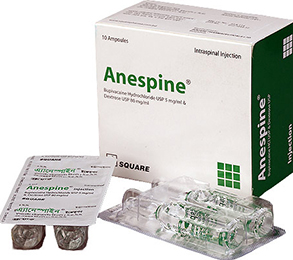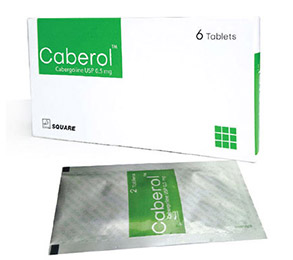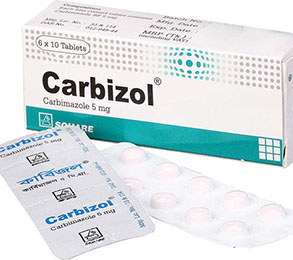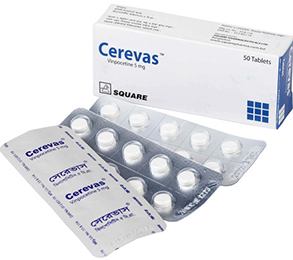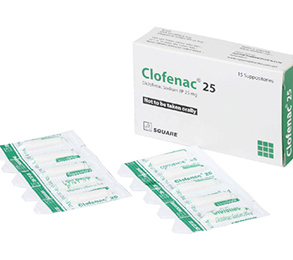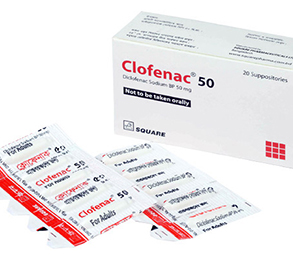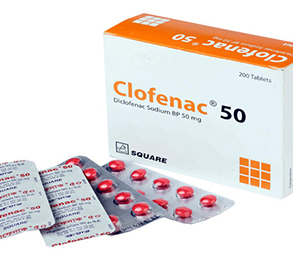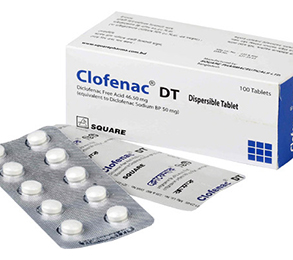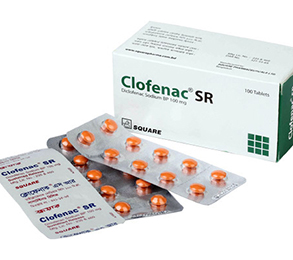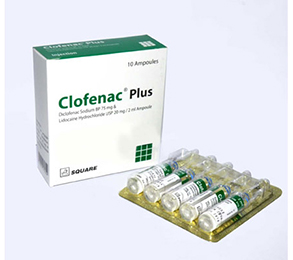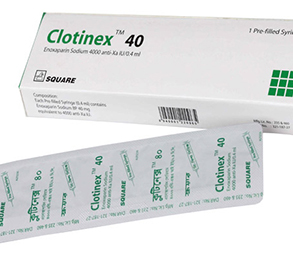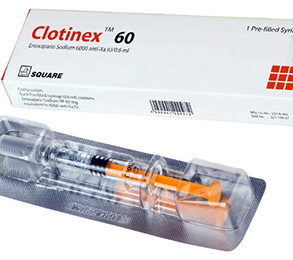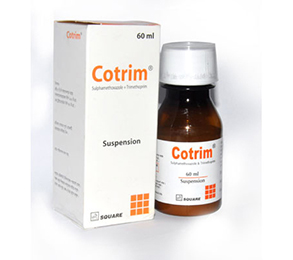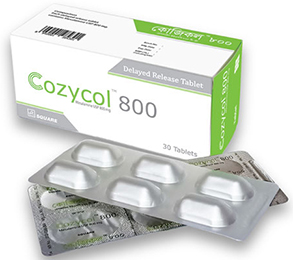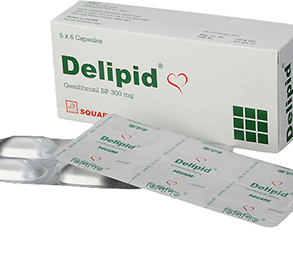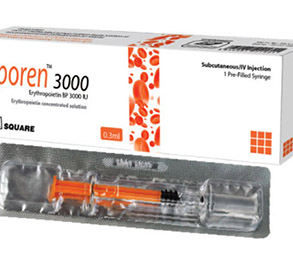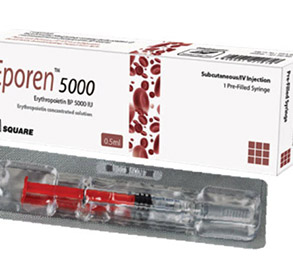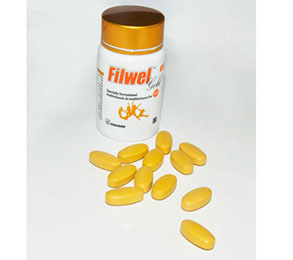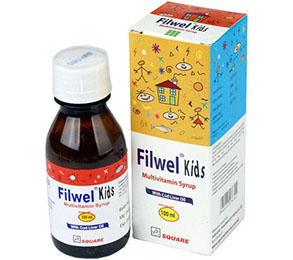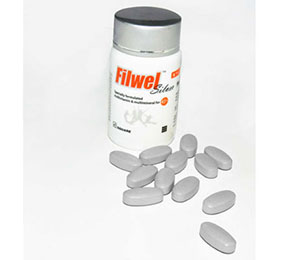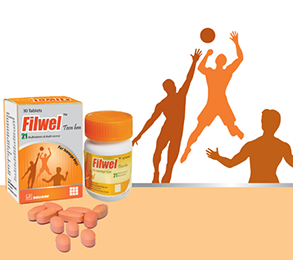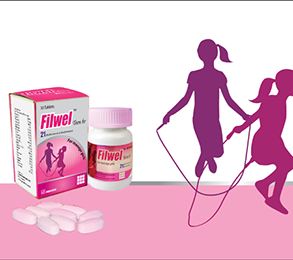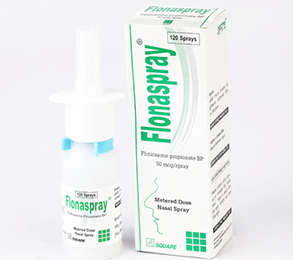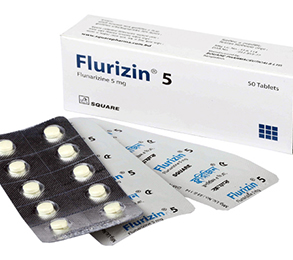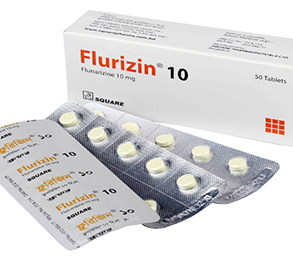Erloren Tablet 100 mg 1 Pcs
Alternative products
Erlotinib
Indications
Locally advanced or metastatic non-small cell lung carcinoma, Locally advanced, unresectable or metastatic pancreatic cancer
Therapeutic Class
Targeted Cancer Therapy
Pharmacology
Erlotinib is an epidermal growth factor receptor/human epidermal growth factor receptor type 1 (EGFR/HER1) tyrosine kinase inhibitor. It reversibly inhibits the kinase activity of EGFR, preventing autophosphorylation of tyrosine residues associated w/ the receptor, thereby inhibiting further downstream signaling and resulting in cell death.
Dosage
Oral (Adult)-
Locally advanced or metastatic non-small cell lung carcinoma: 150 mg once daily until disease progression or unacceptable toxicity. Reduce dose in decrements of 50 mg when necessary.
Locally advanced, unresectable or metastatic pancreatic cancer: As 1st-line treatment with gemcitabine: 100 mg once daily, reduce dose in decrements of 50 mg when necessary.
Patient on CYP3A4 or CYP1A2 inhibitor: Reduce dose in decrements of 50 mg when necessary.
Smokers or patient on CYP3A4 inducer: Increase dose as tolerated in increments of 50 mg at 2-wk intervals.
* চিকিৎসকের পরামর্শ মোতাবেক ঔষধ সেবন করুন'
Administration
Should be taken on an empty stomach. Take at least 1 hr before or 2 hr after meals.
* চিকিৎসকের পরামর্শ মোতাবেক ঔষধ সেবন করুন'
Interaction
Increased serum levels with potent CYP3A4 inhibitors (e.g. ketoconazole, clarithromycin, atazanavir). CYP3A4 inducers (e.g. rifampicin, carbamazepine, phenytoin, phenobarbital) may reduce exposure of erlotinib. Increased serum levels with potent inhibitors of CYP1A2 (e.g. ciprofloxacin) or capecitabine. Use with P-glycoprotein inhibitors (e.g. ciclosporin, verapamil) may cause altered distribution or elimination of erlotinib. Drugs that increase the pH of the GI tract (e.g. antacids, H2-receptor antagonists, or PPIs) may reduce the solubility of erlotinib thus lowering its bioavailability. Concomitant use with warfarin or other coumarin derivates may increase INR and bleeding events.
Contraindications
Contraindicated in pregnancy, hypersensitivity
Side Effects
Rash manifests as a mild or moderate erythematous and papulopustular rash. Bullous, blistering, and exfoliative skin conditions, diarrhoea, nausea, vomiting, stomatitis, GI bleeding, abdominal pain, anorexia, alopecia, pruritus, dry skin, paronychia, conjunctivitis, epistaxis, fatigue, alterations in LFT, abnormal eyelash growth, bilateral eardrum perforation, keratoconjunctivitis sicca or keratitis.
Pregnancy & Lactation
Category D: There is positive evidence of human foetal risk, but the benefits from use in pregnant women may be acceptable despite the risk (e.g., if the drug is needed in a life-threatening situation or for a serious disease for which safer drugs cannot be used or are ineffective).
Precautions & Warnings
Hepatic and renal impairment. Interrupt or discontinue therapy if patient develops unexplained pulmonary symptoms (e.g. dyspnoea, cough, fever), GI perforation, severe bullous, skin or ocular disorders, if dehydration occurs (esp in at-risk patients). Pregnancy and lactation. LFT (e.g. serum transaminase, bilirubin, alkaline phosphatase) should be periodically monitored. Renal function and electrolytes should be monitored periodically in patients at risk of dehydration.
Overdose Effects
Symptoms: Diarrhoea, rash, and liver transaminase elevation.
Management: Symptomatic and supportive treatment.
Storage Conditions
Store between 15-30°C.
- Type Tablet
- Tag
- Morbi leo risus
- Porta ac consectetur ac
- Vestibulum at eros






